Big cats have fascinated humanity for centuries with their power, beauty, and enigmatic behaviors. Despite decades of research, many aspects of their lives remain shrouded in mystery. From their unique communication methods to their elusive habits, big cats continue to challenge and intrigue scientists worldwide.
How Do Big Cats Communicate?
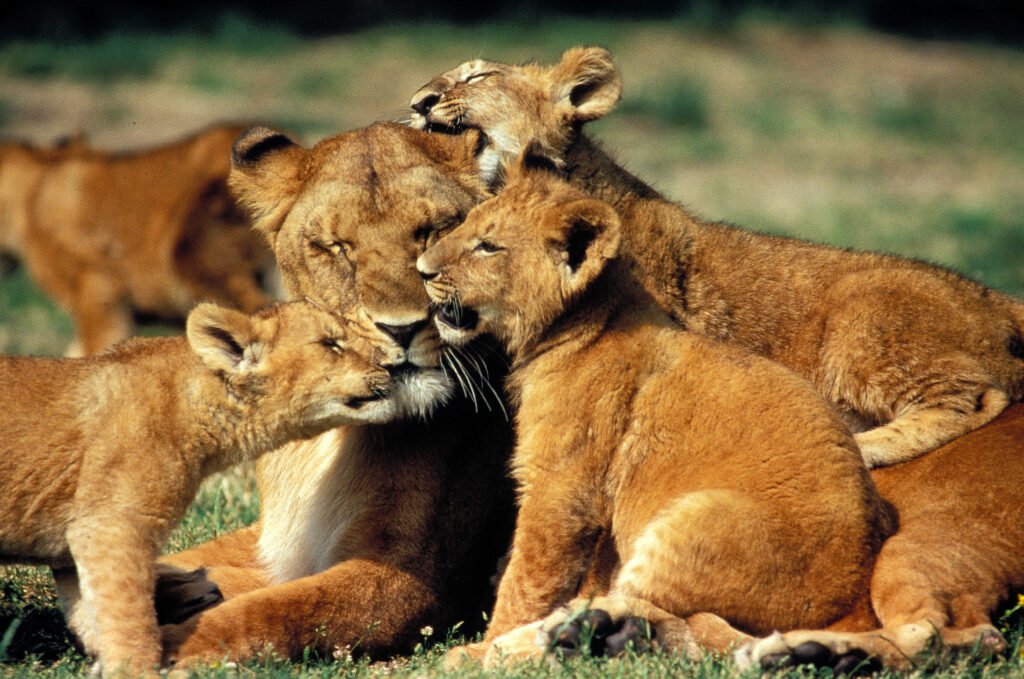
Big cats use a combination of vocalizations, scent markings, and body language to communicate, but the exact meanings of their signals remain partially understood. Lions, for example, are known for their iconic roars that can carry over five miles, yet the specific nuances of these calls—such as how they reflect mood or intention—are still being studied. Similarly, the chirps and chuffs of cheetahs and tigers, used for friendly interactions, highlight the diverse and complex ways these predators express themselves.
The Mystery of Solitary Behavior
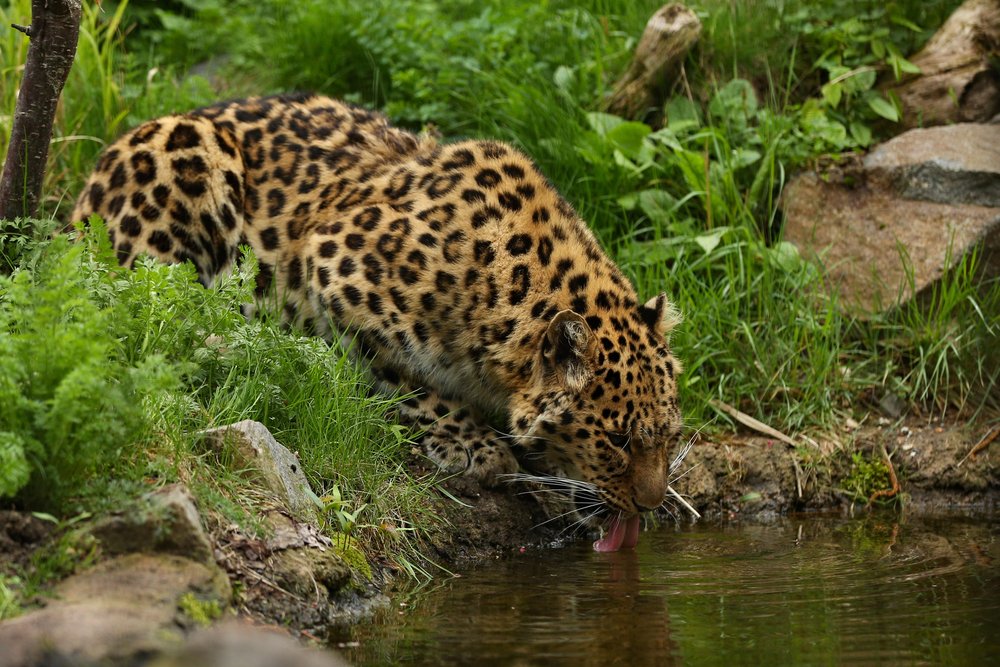
Unlike lions, which are highly social and live in prides, most big cats such as tigers, leopards, and jaguars are solitary. The reasons for this stark difference remain a topic of scientific debate. Researchers speculate that factors like prey availability, competition, and habitat size influence these behavioral patterns, but the exact evolutionary triggers behind this solitary nature are still unclear.
Why Do Big Cats Roam Vast Distances?
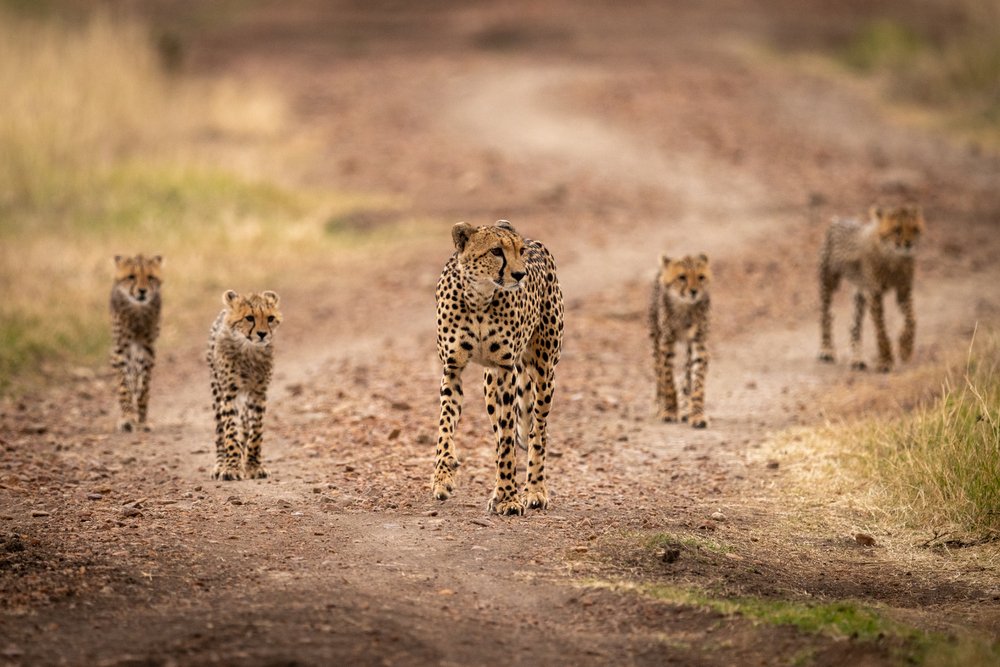
Big cats are known to cover vast territories, sometimes traveling hundreds of miles in search of food, mates, or shelter. What drives this nomadic behavior in some species while others remain more localized? Scientists believe it’s tied to environmental factors like prey density and human encroachment, but the exact mechanisms that govern their navigational skills and decision-making processes remain elusive.
The Enigma of Their Hunting Techniques
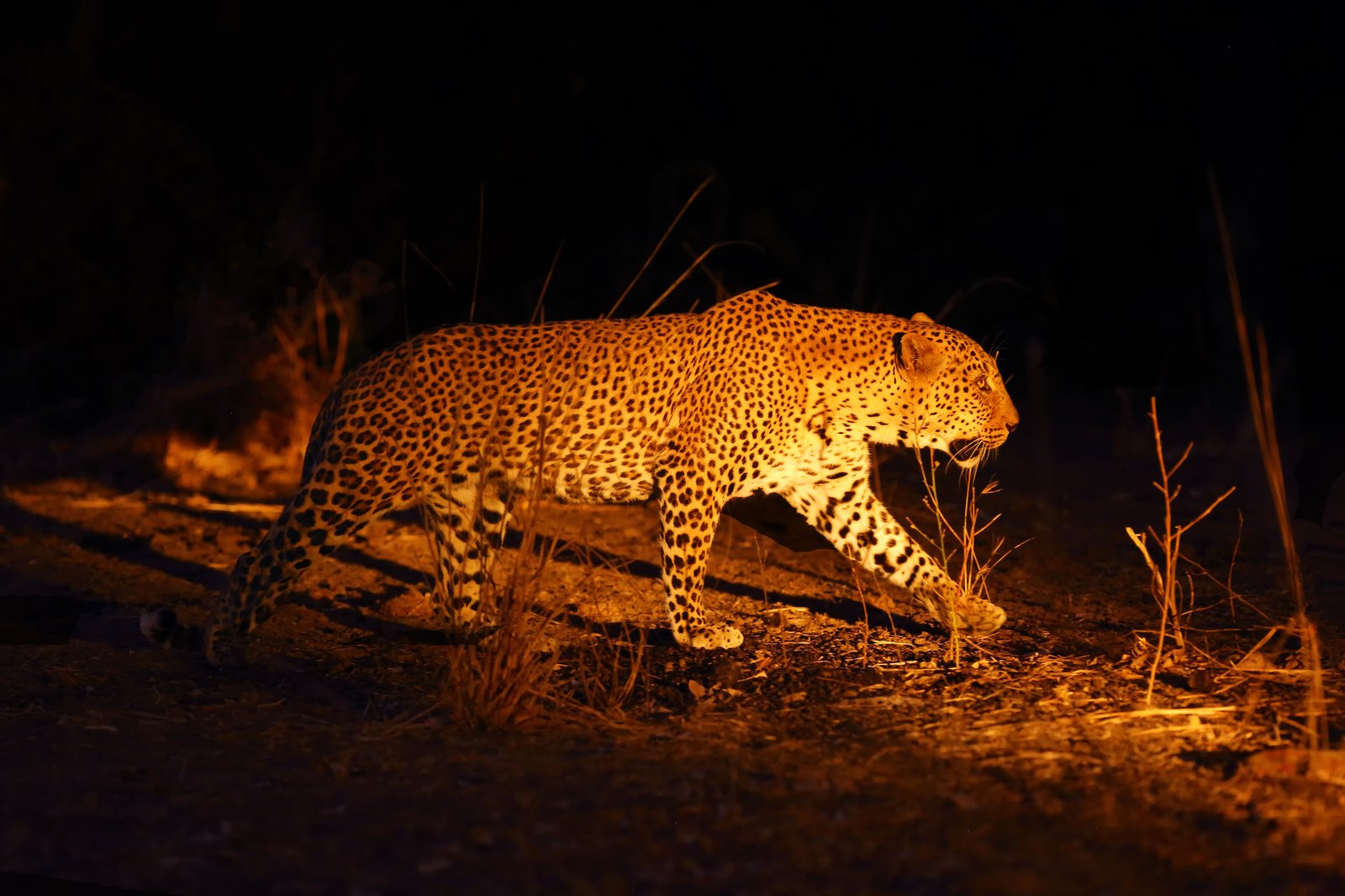
The hunting strategies of big cats vary widely across species, but some techniques defy simple explanation. Leopards, for instance, drag their prey into trees, a behavior believed to protect their kill from scavengers, yet the sheer strength and precision required for this task are astonishing. Similarly, cheetahs rely on incredible bursts of speed, but the physiological adaptations that allow them to recover so quickly after high-energy pursuits are still being explored.
The Role of Big Cats in Ecosystems
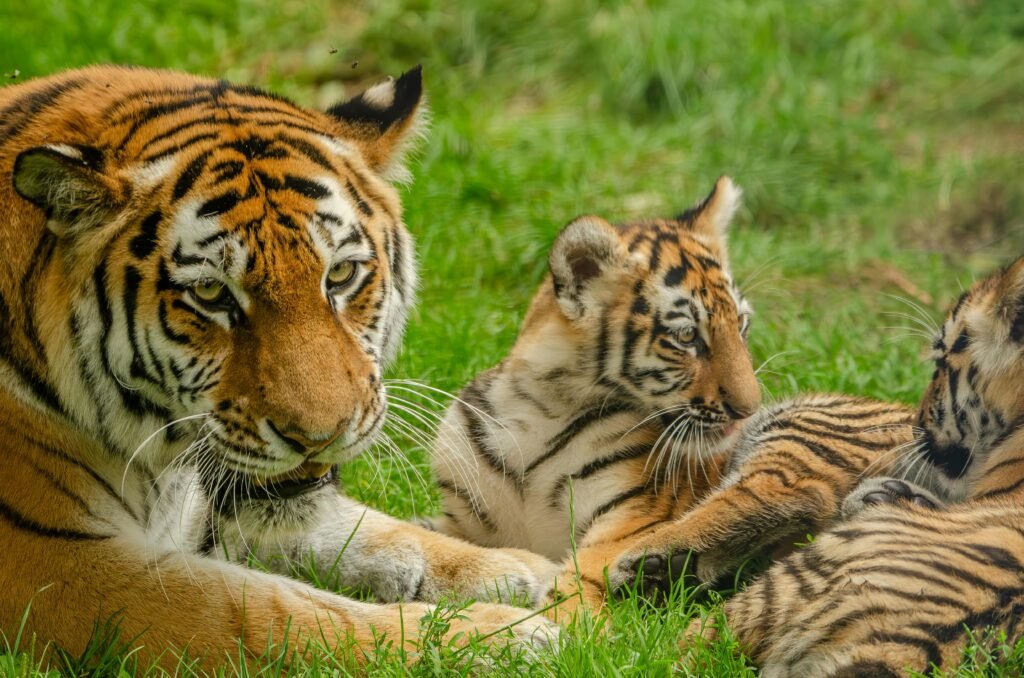
Big cats are apex predators, meaning they play a critical role in maintaining ecosystem balance, yet their exact impact is not fully understood. By controlling prey populations, they indirectly shape vegetation patterns and influence the behavior of other species. Understanding these relationships is crucial for conservation, as the loss of big cats can trigger cascading effects throughout an ecosystem.
The Mystery of Melanism and Other Rare Traits
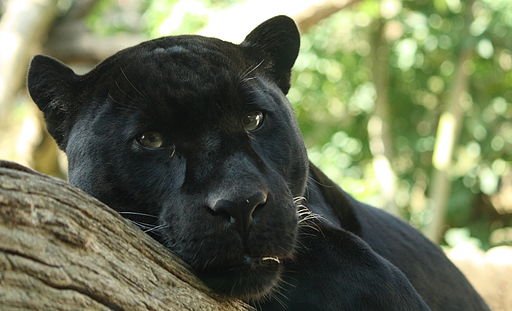
Melanism, the condition causing black coats in species like leopards and jaguars, is a genetic anomaly that scientists are still trying to decode. While it offers advantages like better camouflage in dense forests, why melanism occurs more frequently in certain habitats or populations remains a mystery. Similarly, the evolutionary purpose behind unique patterns like a tiger’s stripes or a snow leopard’s rosettes continues to fascinate researchers.
Challenges in Studying Elusive Species
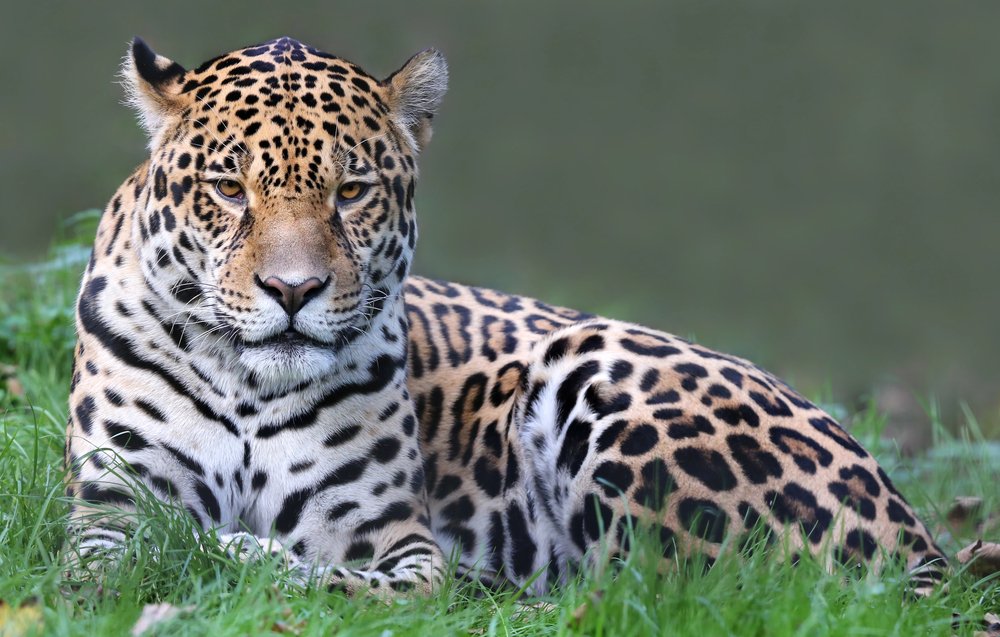
Many big cats, such as snow leopards and jaguars, are notoriously elusive, making field studies challenging. Researchers rely heavily on camera traps, GPS collars, and other non-invasive tools to gather data, but even with advanced technology, understanding their full behavior remains difficult. Their ability to evade humans so effectively is a testament to their adaptability and survival skills.
Human Impact on Big Cats
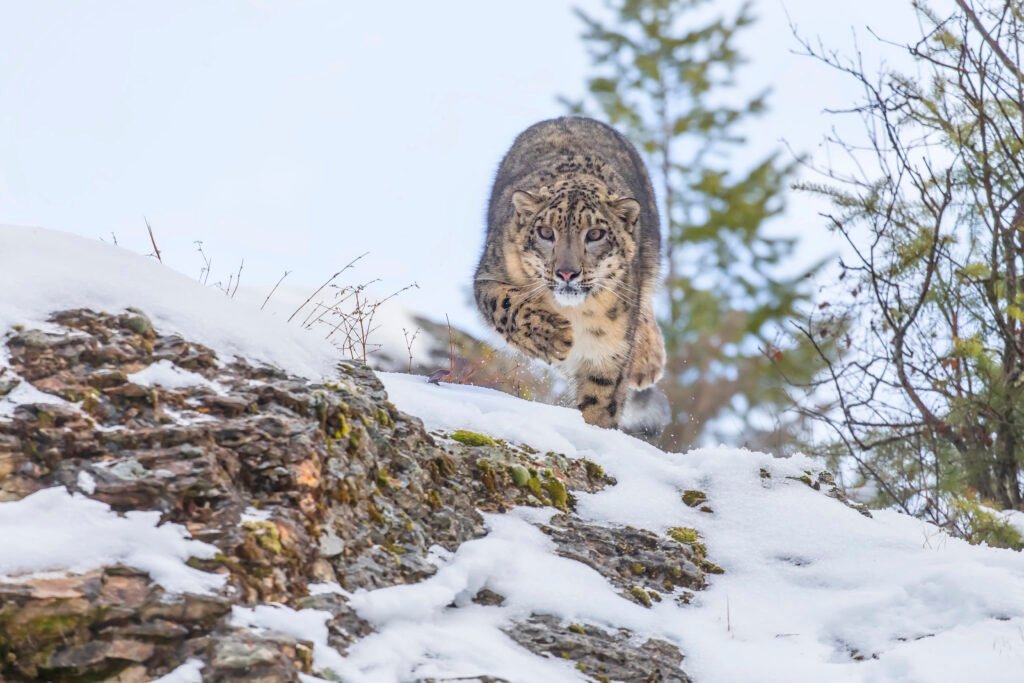
Human activity poses significant threats to big cats, from habitat destruction and climate change to poaching and human-wildlife conflict. However, scientists are still studying how these pressures affect their behavior and genetics over time. Understanding these impacts is essential for developing effective conservation strategies and ensuring the survival of these magnificent animals.
The Future of Big Cat Research
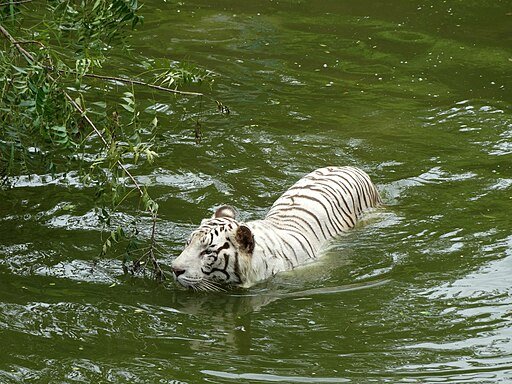
Despite the mysteries that remain, advancements in technology and genetics are paving the way for new discoveries about big cats. From understanding their migration patterns to decoding their DNA, every new insight brings us closer to unraveling their secrets. Yet, with many species facing extinction, time is running out to preserve these enigmatic creatures and the ecosystems they call home.
A Call to Protect the Unknown

Big cats embody the wildness and mystery of nature, reminding us of how much we have yet to learn about the world around us. Protecting these species is not just about conserving their beauty but also about preserving the unknowns that make our planet so remarkable. As scientists continue to study these creatures, we are reminded of the intricate and interconnected web of life that big cats are an integral part of.

Growing up traveling and experiencing new cultures and wonders, I have had a passion for nature, adventuring, photography, and videography. I am currently working towards a BSc in Biodiversity and Ecology at Stellenbosch University, and I hope to specialise in Marine Sciences one day.
Please send any feedback to Feedback@animalsaroundtheglobe.com






